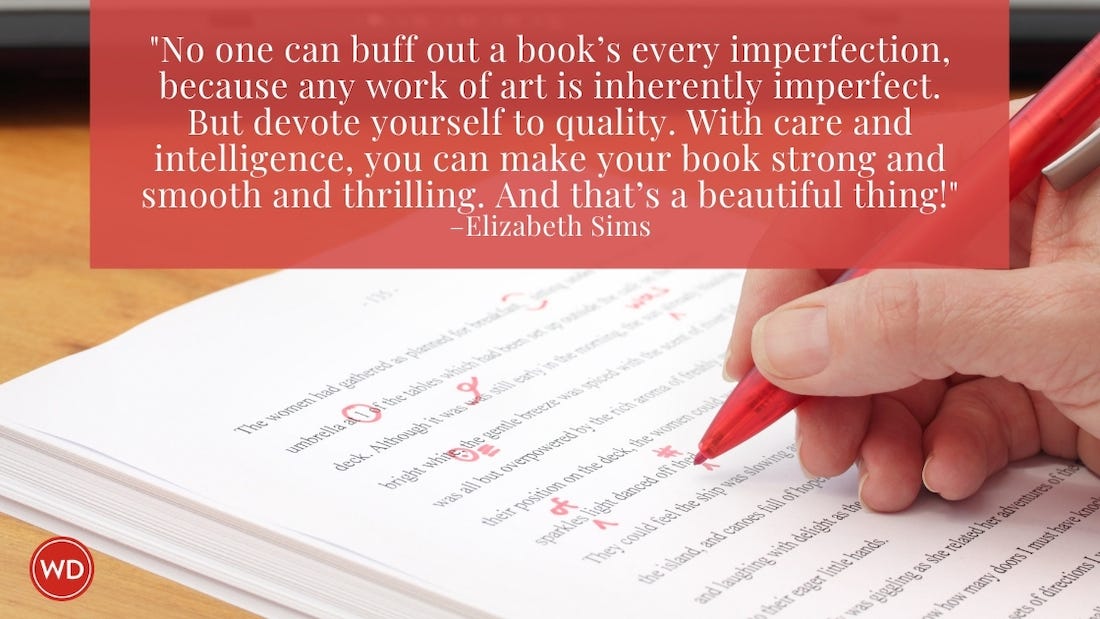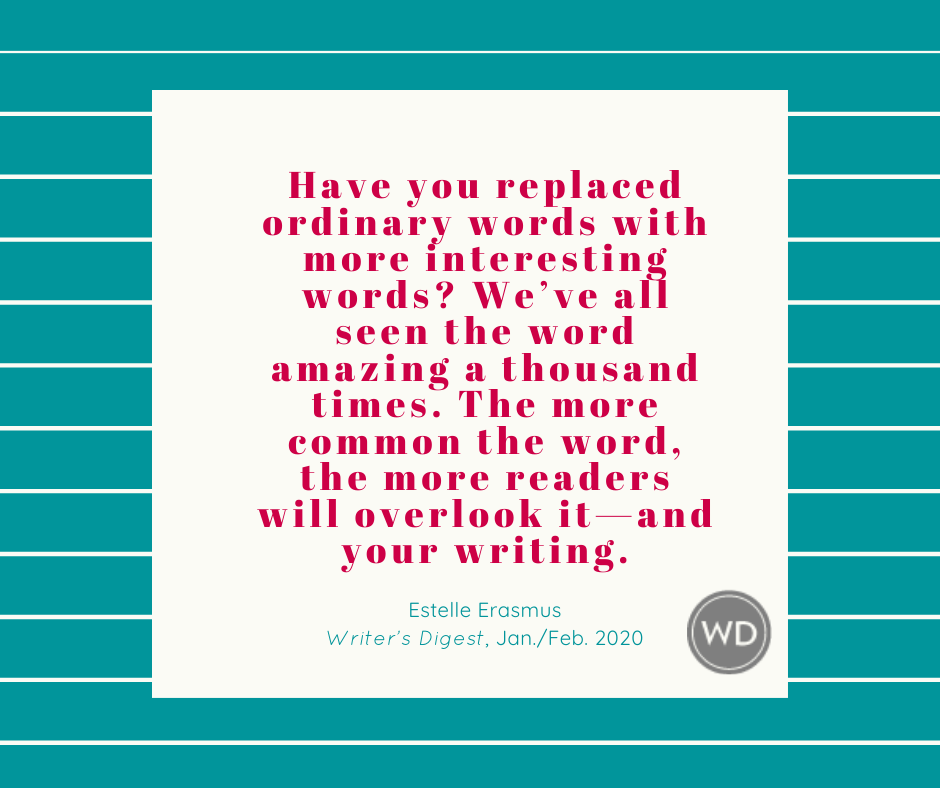Crafting a Crime Fiction Novel & Ways to Kill a Character
Part of crafting a crime fiction novel is knowing who your villain is and using this information to create the perfect—and plausible—crime. In this excerpt written by Hallie Ephron, you’ll…
Part of crafting a crime fiction novel is knowing who your villain is and using this information to create the perfect—and plausible—crime. In this excerpt written by Hallie Ephron, you'll learn how to make the crime fit the villain you've created and explores creative ways to kill a character. Today's tip is taken from Crafting Novels & Short Stories.
Create a Villain & A Believable Crime
There are many ways to kill off a character. You can have him shot, stabbed, poisoned, or pushed off a cliff. You can have him run over by a car or bashed in the head with a fireplace poker. You get the picture.
The first issue to consider is: Would your villain have the expertise and capability to commit this particular crime you’ve conceived for him? Here’s an example: Suppose there’s a novel about a surgeon who, up to page 302, has been the soul of buttoned-down respectability. Suddenly, on page 303, he leaps from a hospital laundry bin and mows down his rival for hospital director with machine-gun fire. Never mind that up to this point in the novel the guy has done nothing more than attend board meetings, get drunk and obnoxious at a cocktail party, and perform heart surgery. Now suddenly he’s The Terminator? The behavior doesn’t fit the character. If he stabbed, poisoned, or pushed his rival off the hospital roof, the reader might swallow it. The author might get away (barely) with the shooting if hints were dropped earlier that this surgeon once served in military special forces.
Choose a modus operandi that your villain (and all your suspects) might plausibly adopt, and establish that your villain has the capability and expertise required. A murder by strangling, stabbing, or beating is more plausible if your villain is strong and has a history of physical violence. If your villain plants an electronically activated plastic explosive device, be prepared to show how he learned to make a sophisticated bomb and how he got access to the components. If a woman shoots her husband with a .45 automatic, be prepared to show how she learned to use firearms and that she’s strong enough to handle the recoil of a .45.
The second issue to consider: Is the rage factor appropriate for the character’s motivation? The more extreme the violence, the more likely the crime is to be fueled by hatred and rage. A robber shoots a victim once; an enraged husband pumps bullets into the man who raped his wife until the ammunition runs out. A villain may administer a quick-working deadly poison to a victim he wants out of the way, but a villain who loathes his victim might pick a poison that’s slow and painful—and hang around to watch.
Adjust the violence quotient to match the amount of rage your villain has toward her victim.
Creative Ways to Kill a Character
How would your villain kill his victim? Consider your villain’s motive, strength, and expertise; consider the rage factor. Remember that the method should fit your villain’s personality; otherwise, it won’t seem authentic to readers. Check the ones that could fit:
• Asphyxiate by smoke inhalation
• Beat to death
• Bludgeon
• Bury alive
• Drown
• Hang
• Mow down with machine-gun fire
• Poison: drug overdose
• Poison: mushrooms
• Push in front of a train
• Run down with a car
• Run over with heavy equipment
• Shoot with a pistol
• Slit throat
• Smother
• Stab multiple times
• Stab once
• Strangle
Hallie Ephron is the author of more than ten books including Writing and Selling Your Mystery Novel: How to Knock ’Em Dead With Style.
Read more tips on writing or take a class and learn how to create a villain!









